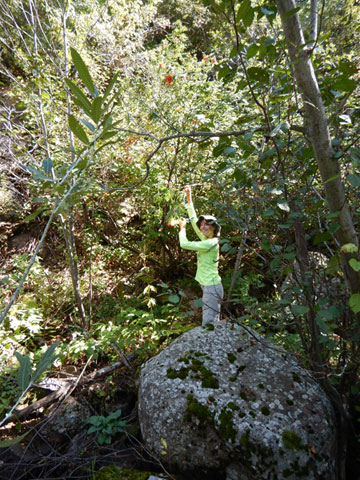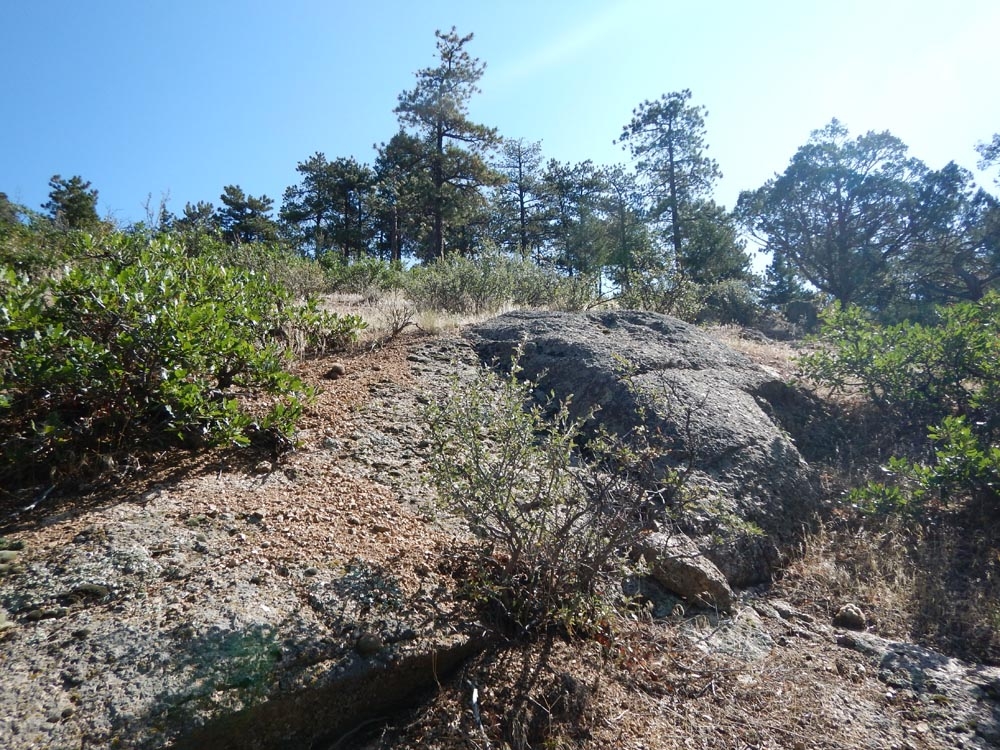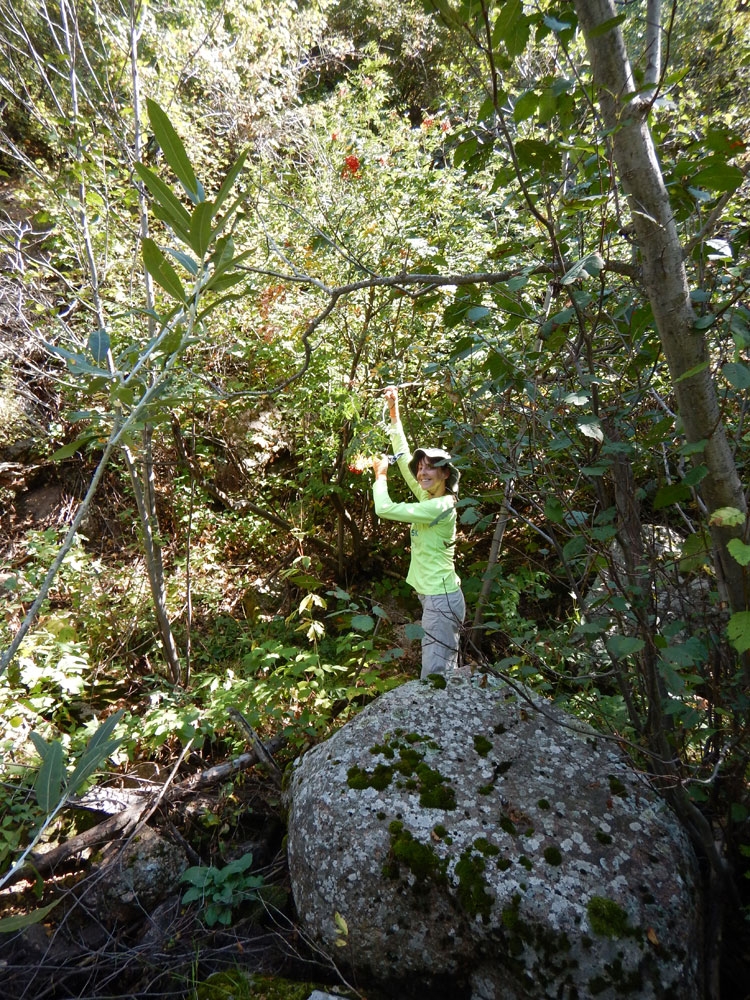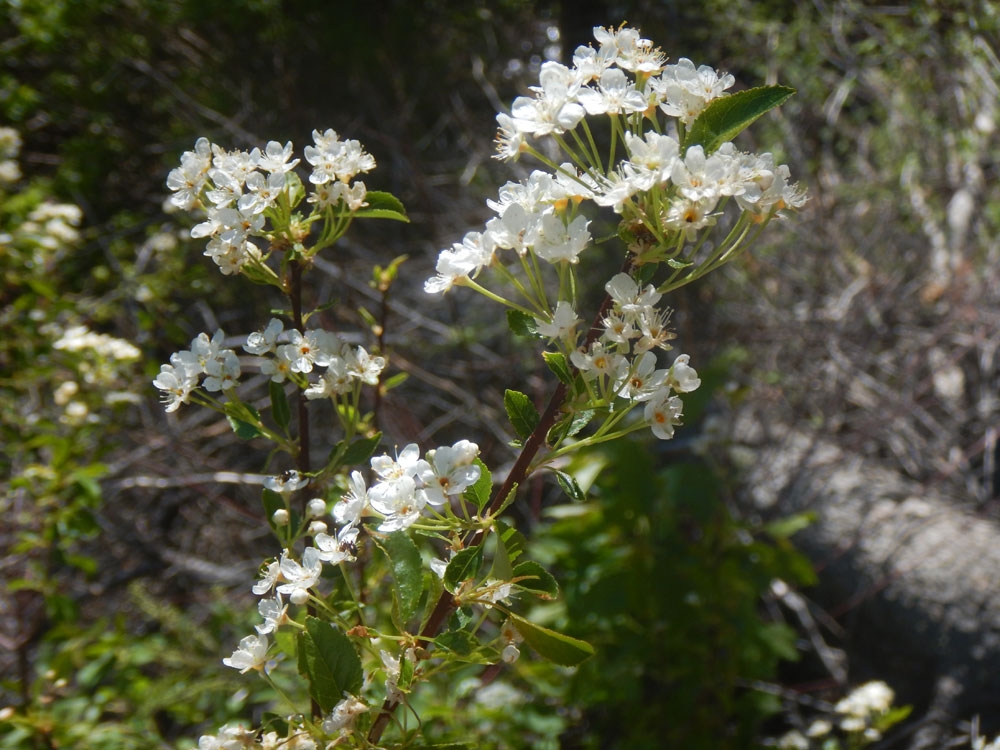Where do we start to conserve biodiversity?

The world is changing. Merriam-Webster defines the word baseline as a starting point. This is a very simple yet hopeful concept in a world that is changing so quickly. It suggests a chance to plant our feet, catch our breath, and start the work of conserving biodiversity so that future generations can experience an enriching natural world.
As more of us do take the time to plant our feet and look around at the places we love, we see vast changes. Thousands of new houses dot the horizon along open space trails where we walk in the evenings. Vast swathes of beetle-killed pine trees blanket the High Country where we ski and hike. These kinds of change are easy to see. We know they mark a departure from some initial condition under which plant and animal diversity was more intact.
But not all changes are so clear-cut. Many processes that alter biodiversity unfold slowly over time, in a way that is difficult to track unless there is a clear starting point for comparison. Biologists use these clear starting points, or baseline data, to explore some of the most critical questions of our time.
It may come as a surprise that natural history collections, including the plant and fungal specimens housed in the herbaria at Denver Botanic Gardens, are in fact treasure troves of baseline data. Our plant collections date back decades and even centuries, serving as a lens through which to view the historical distribution of plants in our region.
Building on the efforts of past collectors, a primary goal of the Research & Conservation Department at the Gardens is to make thoughtful and targeted collections of contemporary plant communities throughout the state. The collections we make today serve as data that will be used by researchers one, ten or even 100 years from now to answer questions we have not dreamed of yet. With their scientific value in mind, we link each specimen with detailed information that anchors it in time and space.
This past summer we worked with two private landowners, Chris and Jaclynn Peterson, who have the same forward-thinking vision for their land as we have for our plant collections. The Petersons own 200 acres of montane habitat in Douglas County that will be protected from development in perpetuity. This protected status makes the property a valuable place to do research, because it can be monitored over time without the threat of development.
The property is extremely varied and therefore provides habitat for many plants and animals. Its topography ranges from rugged, exposed slopes with boulder outcrops that support dryland plants like yucca and cacti, to several year-round springs that bubble beneath shady canopies of Douglas fir, aspen, alder and hazelnut. The temperature and light conditions vary so widely that our staff and volunteers spent field days dashing from sun to shade, ranging high and low across exposed and protected habitats like thermoregulating lizards! Given these marked environmental differences, a main goal of our survey was to characterize the plant communities that occur across the property – that is, to document the valuable biodiversity this protected land harbors.
The collections we made on the Peterson’s land this year – all 1,050 of them – provide a snapshot of which plants are growing, and where, under present-day conditions. We systematically sampled across different slopes, aspects, and elevations, and in upland and wetland locations. Specimens collected in this way have great scientific value as a strategically constructed, permanent record of plant diversity across an underlying ecological template of hill and valley and spring.
This baseline assessment can be revisited in the future to determine whether and how the plant communities have changed. For example, the cooler, wetter areas of the property act as refugia habitat for species like pin cherry (Prunus pensylvanica), which typically occurs at higher latitudes in Canada and New England. Will the pin cherry persist over the next 100 years as temperature and precipitation patterns change along the Front Range? We now have a starting point for answering that question.
Gallery



Add new comment